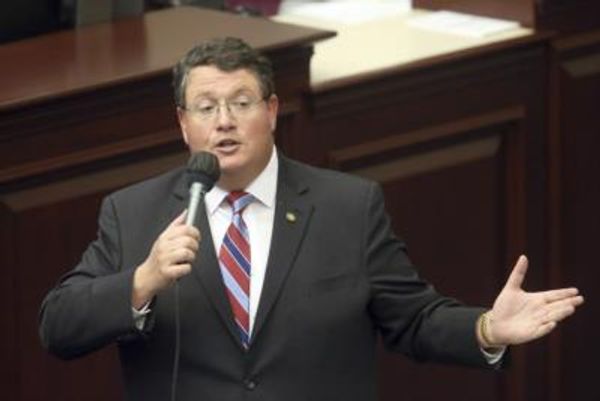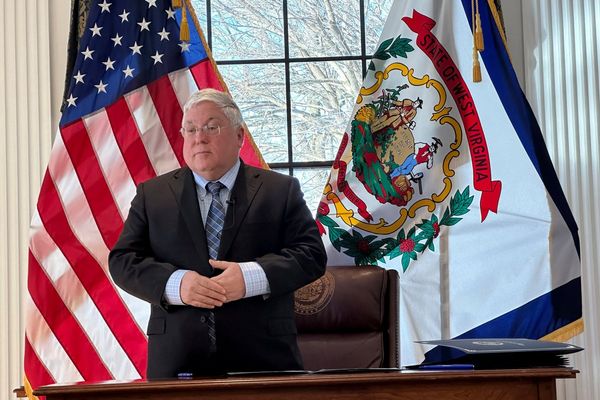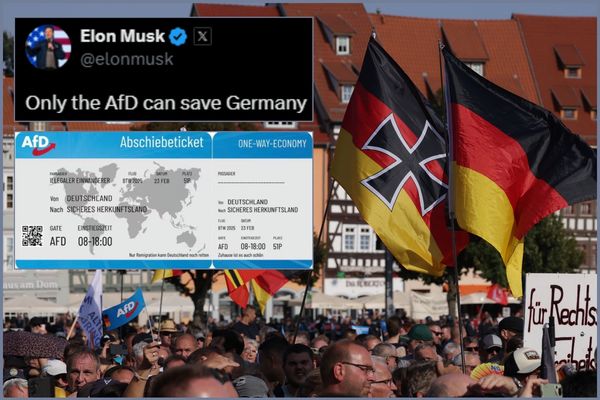ST. LOUIS — For more than a century, association with the Order of the Veiled Prophet has been the mark of elite wealth and power in St. Louis. A secret society, it has been run by some of the top business executives and patriarchs in the region. And, every year, it hosts an $800,000 ball, of white gloves, tuxedos and elegant gowns, in honor of its work.
But for the past two weeks, social media has made association with the Veiled Prophet a badge of shame.
Twitter came for actress and former VP debutante queen Ellie Kemper over Memorial Day, calling her a "KKK princess" in a reference to the order's founding by former Confederates and its masked namesake. Then last week, Kemper, whose family runs Commerce Bancshares, apologized and condemned the organization's "unquestionably racist, sexist, and elitist past."
Now, critics are reviving decades-old calls to consign it to the dustbin of history.
Inside the order, the reaction has been mixed. Some members said the organization is not what it used to be and expressed frustration that efforts to diversify membership and increase community service in recent decades are going unnoticed. But even longtime members say some change may be necessary.
"We'll be looking at every part of the organization to make sure it reflects as well on St. Louis as it can," said a spokesman for the order, who spoke on condition of anonymity because the organization "does not divulge the names of our members."
And a vocal minority is hoping for a full reckoning on the past — and an overhaul for the 21st century.
"The reality is that in order to survive another century, the organization needs to restructure and reform," said one longtime member, who also spoke on condition of anonymity. "We've gotta back off on pageantry and be more inclusive, and that's underway. Maybe this is the 2-by-4 across the head that makes it happen."
The order is no stranger to crossroads or controversy.
Historians generally regard its birth in 1878 as elites' way of reasserting control of the city.
Eight months prior, nearly 1,500 striking St. Louis workers, both Black and white, brought rail freight to a standstill for a week.
In response, business leaders gathered guns and volunteers for a militia, and days later more than 600 marched on the strike headquarters. A vanguard of police rushed the building, arresting 75 men. The rest fled.
In the wake of the strike, looking to promote St. Louis commerce, brothers Charles and Alonzo Slayback, the latter a rebel colonel during the Civil War, felt the city needed an annual parade and celebration, and looked south to New Orleans' Mardi Gras for inspiration. The "veiled prophet" was taken from a poem by Thomas Moore, "Lalla Rookh," which includes an account of the "Veiled Prophet of Khorassan," loosely based on Al-Muqanna, the leader of an eighth century revolt in what today is part of modern-day Turkmenistan.
'Make St. Louis better'
In the following decades, even as the Veiled Prophet became a St. Louis institution, it sometimes faced pea-shooters along the parade route, criticism from labor groups, and, one year, protests from Irishmen upset about unflattering depictions on parade floats.
In the 1960s and 1970s, ACTION, a civil rights group pushing for business leaders in the order to hire more Black people, protested. Those efforts culminated in 1972 when two protestors infiltrated the ball and one, Gena Scott, tore the veil off Monsanto executive Tom K. Smith.
ACTION later sued to boot the ball from the city-owned Kiel Auditorium, prompting a retreat to the privately-owned Chase Hotel.
By the end of the 1970s, the organization had weathered a decade of calls for dissolution from activists, public criticism from disillusioned debutantes and a wave of resignations in the membership.
One member, Charles Polk, an executive at a local flag-maker, later told historian Thomas Spencer that at the time, "the VP wasn't perceived as a civic organization, it wasn't serving the interests of St. Louis. ... A lot of money was being wasted on one party and a parade."
In the four decades since, the organization has worked to change that perception.
In 1979, the order admitted its first Black members, and two years later, it started the VP Fair over Fourth of July, now known as Fair St. Louis. In 2003, it added a foundation that gives money to various causes and connects members with volunteer projects.
The organization has since worked on hundreds of charitable projects, according to its website. In recent years, its volunteers have built an outdoor classroom for a St. Louis public school, repaired a playground in Ferguson with the Royal Vagabonds, a group founded by Black men excluded from white social clubs in the 1930s, and helped give out supply-loaded backpacks to Normandy High School students.
In interviews, current members speak glowingly about the additions as proof the modern organization lives up to its original billing as a good thing for St. Louis.
"The organization today is a place where people come together for activities that benefit the community ... and make St. Louis better," said another member, who also spoke on condition of anonymity.
That same member said he's personally volunteered on the fair's air show for years and painted houses and planted community gardens with his daughters to get them involved in service and communities they might not visit otherwise, like north St. Louis.
"We are all better when we see the whole of the community and provide service where it's needed and welcomed," he said.
A longtime staff member said the 143-year-old parade has also been overhauled and now focuses on giving area marching bands and dance groups the opportunity to compete and perform for the crowds. The organization's volunteers have also helped the city pull off Super Bowl, World Series and Stanley Cup parades.
"Those are things I think the community needs to be aware of," the staffer said.
Pageantry
Some old standbys remain in place.
The organization is invite-only. Women are not allowed as members. Dues are about $1,000 a year.
Disclosures filed with the IRS in the past decade for the order and related organizations show the executive officers remain some of the region's most powerful businessmen and dynastic patricians with surnames such as Schnuck (grocery stores), Desloge (lead mining), Maritz (employee incentives and corporate travel) and Kemper (banking).
Executive boards identified in tax records have remained largely white: As of 2018, the last year for which information is publicly available, roughly a half-dozen of about 40 board members on three boards were people of color.
The largest expense for the order and its related organizations is now the $2 million-per-year fair, according to 2014 to 2018 tax records. But it spent about $400,000 a year on members-only meetings, $830,000 annually on its ball and another $860,000 on the parade — all of which dwarf the $100,000 its community service foundation spent on average per year.
The ball itself remains a window into times past. Corporate executives in tuxedos and white gloves walk young women in shimmering gowns down a lighted, elevated runway. The Veiled Prophet himself, his head shrouded in lace and golden crown, rules the festivities beside the ball's crowned debutante, the Queen of Love and Beauty. His rainbow-sashed guards, dressed as the British imperial officers in India known as Bengal Lancers, flank his sides.
Some of this, however, may well change.
The longtime staff member said in an interview with the Post-Dispatch that the prophet and his entourage will no longer be featured in the annual parade.
"That pageantry is not going to be a part of it anymore and the parade will be truly a community-based event," he said. "We recognize that it was inappropriate."
The prophet will remain in the ball for now, however, where it will almost certainly be photographed for society magazines as it has for years. And the staff member brushed off concerns about spending on the ball and questions about efforts to further diversify what remains a heavily Caucausian crowd.
He also flatly rejected the demands of activists that the organization dissolve.
"We will evolve and continue to improve as we work toward our goal of making St. Louis a better place for all," he said.
Critics are waiting, dubious.
Percy Green, the longtime activist and ACTION leader, says the right reform remains dissolution, just as he said 50 years ago.
If members of the Veiled Prophet really want to help St. Louis, he said, they should go back to their offices and hire Black men to good-paying jobs that can support a family.
Spencer, the historian who wrote an oft-cited book on the order, said the only other way to end the never-ending criticism would be to completely ditch the veils and do something big for the community beyond sporadic events.
He said there may be a model for the 21st century in Omaha, Nebraska, where the Knights of Ak-Sar-Ben have been ending peculiar traditions and announcing plans for $800,000 in community college scholarships each year. The organization also recently appointed its first female board member.
Some are hopeful the Order of the Veiled Prophet will take a similar path: invite women to be members, better help the underprivileged and maybe even reshape the ball into something that better reflects the majority of the city.
"This organization needs to become something that will appeal to Black and Brown people and women and entrepreneurs," said the critical member, "if it's going to be relevant."







